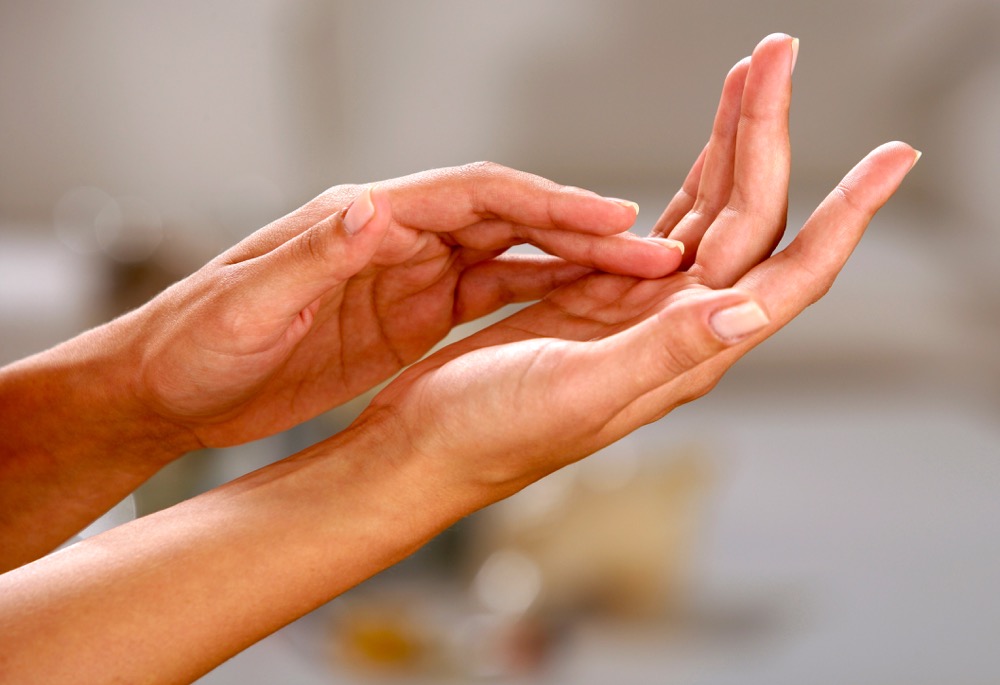Steroids in the body are normally produced by your pituitary gland and regulate your body’s growth and functioning. They have a common carbon-based structure and range from substances like estrogen and testosterone to cortisol and prednisone. First identified in the late 1850s, oral formulations were developed by 1933 and topical versions by 1973.
Topical corticosteroids are applied directly to the skin where they reduce skin redness, swelling and inflammation. The mechanism of action involves blocking inflammatory substances, constricting the small blood vessels or capillaries in your skin, and affecting the immune system. As you can imagine, they are ideal for skin conditions like eczema, psoriasis, and even poison ivy.
Read Also

Summer Series: Why it’s important for you to get fit
So much of farming is so physically demanding. Even the easy jobs take enough running around to require physical stamina….
Topical corticosteroids are available as ointments, creams and lotions. Ointment bases are greasy and remain on your skin the longest, making them more potent. They are best for dry, scaly skin, such as psoriasis. Cream and lotion bases contain more water, meaning they are easier to remove and less potent. Creams are best for weeping skin lesions, and lotions are ideal for hairy areas like your scalp. Occluding the application site with plastic film or even wearing gloves or socks will keep the steroid ingredient in contact with your skin longer. However, you should never do this unless it has been recommended.
You need to use topical corticosteroids wisely. You don’t want to apply them to skin that is infected or has open wounds. Skin areas that are tender such as the face, genitalia, or even young children’s softer, thinner skin should be avoided. Wash your hands before and after application and, of course, avoid your eyes and mouth. If your skin is wet, the steroid will penetrate deeper into it than if it is dry.
Often people don’t know how much to apply. Only a thin film is needed. One “fingertipful” will cover both sides of your hand. The usual application recommendation is twice daily, but recent research shows that once-a-day application is just as effective because the steroid remains in a reservoir in the skin. Applying these products in the same direction that your hair grows has been shown to not only be easier, but it also achieves better results.
Overuse or application to more delicate skin can result in thinning skin with a “stretch mark-like” appearance. This is the tachyphylaxis reaction. Ideally, you want to apply a topical corticosteroid for no more than one or two weeks at a time, giving your skin a drug holiday in between. You should see your skin condition improve within a week, but if you don’t or if it worsens, you need to stop the topical corticosteroid and get your skin condition checked.
The topical corticosteroids are classified according to potency with several of the mildest being available without a prescription. Clobetasol is superpotent and often used in chronic skin conditions like psoriasis. Betamethasone is a mid-strength type, which means it is used in a wide variety of inflammatory skin conditions. Clobetasone and hydrocortisone are milder options and do not require a prescription, but remember to consult your pharmacist about your skin symptoms before you purchase them as your symptoms could be something else entirely!
If your skin is itchy, red and inflamed, topical corticosteroids will certainly help, but sometimes common-sense measures may work as well. They may even augment the treatment. Check for any environmental factors such as dust mites or pet dander that may be causing your rash. Wear gloves when doing tasks like washing dishes that can damage your skin. Moisturize dry skin to keep it healthy and less prone to damage, and avoid perfumed products because the additives can cause skin reactions.















